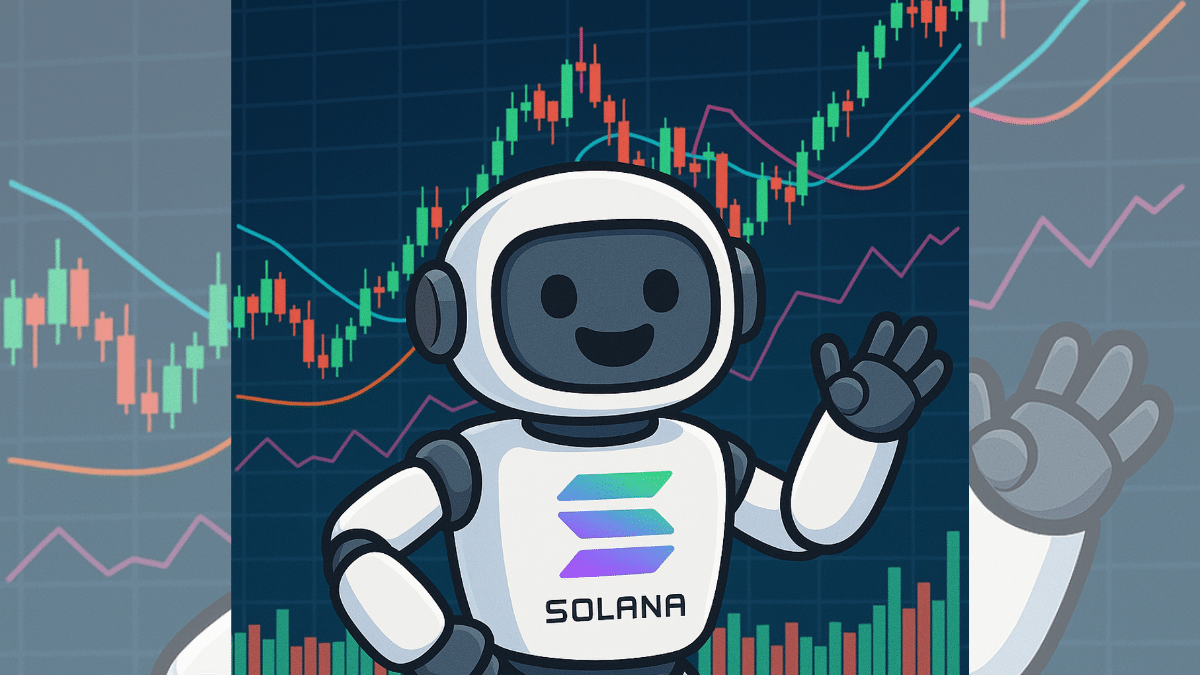The Solana blockchain is celebrated for its high throughput, processing up to 50,000 transactions per second with exceptional efficiency. Among the tools shaping its decentralized finance (DeFi) landscape, the Solana Volume Bot has garnered attention for its ability to influence trading metrics. This article provides a thorough examination of the Solana Volume Bot, elucidating its functionality, role in token ecosystems, and broader implications, serving as a definitive resource for academics, blockchain professionals, and enthusiasts.
Contents
Defining the Solana Volume Bot
The Solana Volume Bot is an automated software solution designed to augment the trading volume of tokens on the Solana blockchain. Distinct from trading bots that pursue profit through market speculation, this tool concentrates on generating transactional activity. It accomplishes this by executing a series of small, frequent buy and sell orders on decentralized exchanges (DEXs) such as Raydium, Orca, or liquidity pools on platforms like Pumpswap. The primary aim is to enhance a token’s prominence on market monitoring platforms like DexScreener or DexTools, creating an impression of robust activity without directly altering its price.
The bot interfaces with Solana’s blockchain through a remote procedure call (RPC) endpoint, facilitating direct engagement with DEX smart contracts. Utilizing SOL, Solana’s native cryptocurrency, it benefits from the blockchain’s minimal transaction fees and rapid confirmation times to execute its operations effectively.
How the Solana Volume Bot Operates
The Solana Volume Bot’s functionality is driven by automation and Solana’s advanced technical framework. Its operational process can be outlined as follows:
- Configuration and Resources: The bot is connected to a Solana wallet funded with SOL to manage transaction fees and trade executions. Users input the contract address of the target token to commence operations.
- Trade Implementation: It conducts repeated buy and sell transactions, often leveraging multiple wallets to simulate natural market behavior. These activities can be scheduled for cycles ranging from several hours to a week, depending communities.
- Volume Augmentation: Through consistent trading, the bot elevates the token’s trading volume—the cumulative value of exchanged tokens—data that is logged on-chain and displayed on DEX analytics platforms.
- Technical Optimization: The bot exploits Solana’s sub-second transaction confirmations, typically around 400 milliseconds, and low fees, generally under $0.01 per transaction, to sustain high-frequency trading economically.
The bot remains active as long as the wallet maintains sufficient SOL, with its performance shaped by network stability and token-specific factors.
Trading Volume’s Role in Decentralized Ecosystems
In cryptocurrency markets, trading volume is a key indicator of a token’s engagement and market interest. On platforms like Pumpswap, high volume can propel a token onto trending lists, increasing its exposure to prospective investors. The Solana Volume Bot capitalizes on this dynamic by artificially inflating transaction metrics, potentially fostering organic participation as heightened visibility attracts genuine traders. Blockchain analytics indicate that automated tools like volume bots contribute significantly to Solana’s on-chain transaction patterns, underscoring their influence on market visibility.
Technical Advantages and Ethical Nuances
The Solana Volume Bot exemplifies both technological sophistication and ethical considerations:
- Scalability Strengths: Solana’s high-capacity infrastructure enables the bot to process thousands of transactions swiftly, a capability less viable on blockchains with slower speeds or higher costs.
- Ledger Transparency: All transactions are recorded on Solana’s public blockchain, accessible via explorers like Solscan, allowing analysts to differentiate bot-driven activity from organic trades through wallet analysis.
- Ethical Questions: Although legally permissible, the bot prompts debate. Positioned as a testing mechanism rather than a manipulative device, it aims to avoid deceiving market participants. Critics warn that inflated volume may misrepresent a token’s true demand, while proponents argue it supports early-stage projects in gaining traction.
Constraints and Potential Pitfalls
The Solana Volume Bot is subject to several limitations:
- Price Neutrality: It amplifies trading volume but does not directly affect a token’s market price, which is governed by broader market conditions.
- Cost Fluctuations: Network congestion can lead to unexpected fee increases, potentially depleting SOL reserves more rapidly than planned.
- Risk of Misleading Metrics: Artificially boosted volume may create a false perception of a token’s liquidity or popularity, complicating market analysis.
Educational Significance for Blockchain Studies
For academic and professional audiences, the Solana Volume Bot offers valuable insights into blockchain automation and market mechanics. It illustrates how Solana’s proof-of-history consensus and parallel transaction processing enable high-efficiency tools, providing a practical example of DeFi innovation. Research comparing bot-generated versus organic volume can further illuminate market trends, the impact of visibility on token adoption, and the ethical boundaries of automation in decentralized systems.
Conclusion: The Solana Volume Bot’s Strategic Importance
The SOL Volume Bot serves as a specialized instrument within Solana’s dynamic ecosystem, designed to enhance trading activity and token visibility. By leveraging Solana’s technical capabilities, it demonstrates the power of automation in decentralized markets. Its efficacy depends on its application: when used strategically, it can highlight promising initiatives; when mishandled, it risks obscuring market clarity. Understanding the Solana Volume Bot is crucial for those exploring the intersection of technology and finance in the blockchain landscape.

